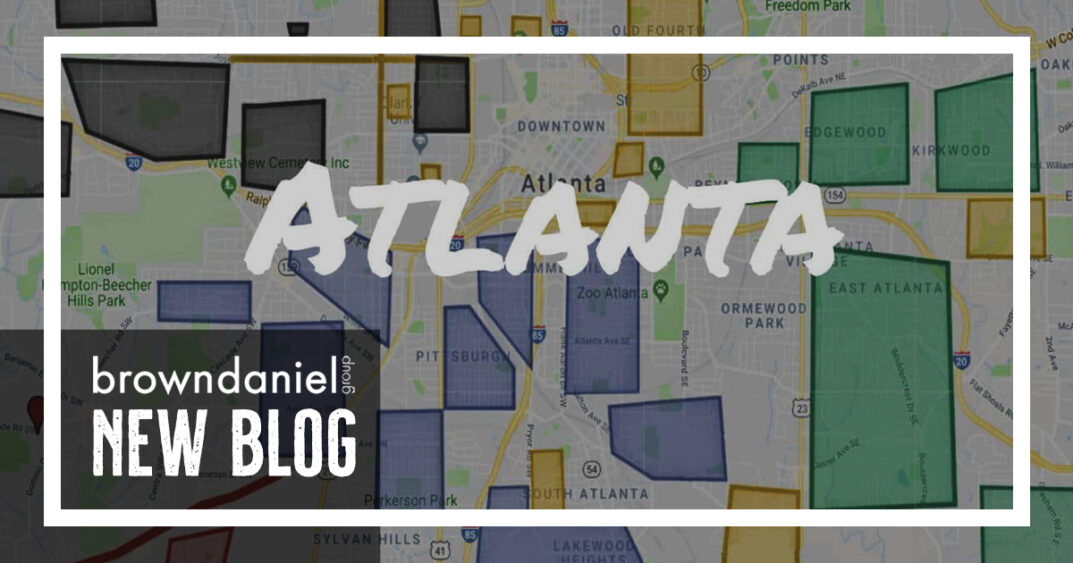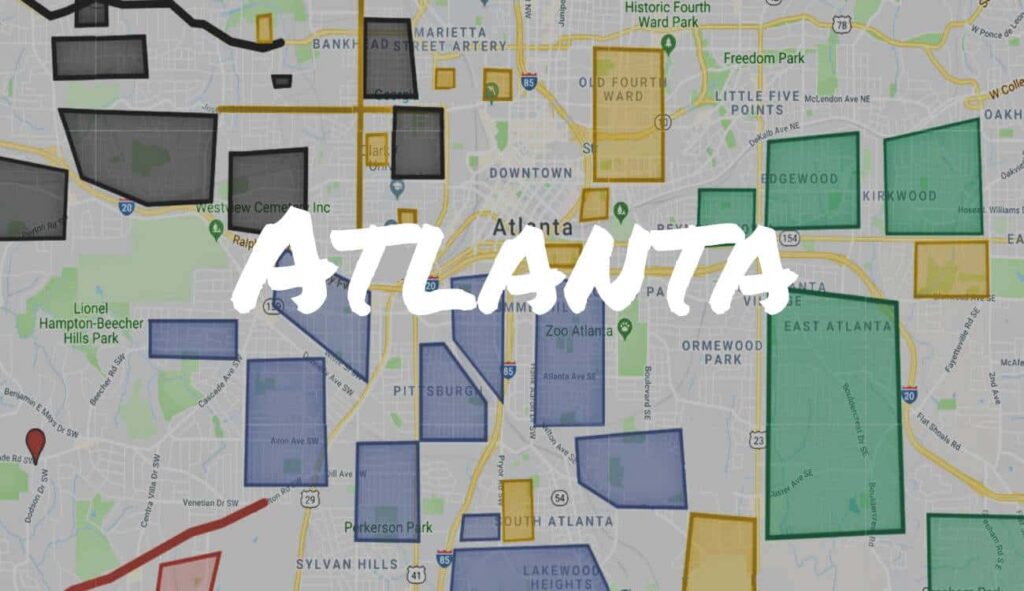
What’s in a name? For many of Altana’s in-town neighborhoods, the name origins are relatively easy to decipher. Most towns came to be known by the name of their founders, such as Inman Park named for early cotton merchant Samuel Martin Inman or Ansley Park which took the name of rail and real estate magnet Edwin P. Ansley. The names of some other neighborhoods have a more colorful story to tell, such as Cabbagetown.
Atlanta has a bit of a storied history when it comes to its name as well. Founded in 1837, but not as Atlanta, the town has existed since then under a few different monikers. The Georgia General Assembly’s original intent with creating the city was centered around the Western and Atlantic Railroad. A route from Chattanooga was to connect with a route from Savannah, and the “terminus” marker was driven into the ground right where Five Points sits today. Soon the growing town around that zero milepost marker came to be called Terminus. Later, the name changed to….believe it or not….Thrasherville. This was in reference to a local merchant and landowner, though it is certainly an interesting name given the similarly named hockey team that would represent our city more than a hundred years later.
By 1842 the not quite burgeoning city had 30 residents and was renamed Marthasville after the daughter of Governor Wilson Lumpkin. One more name change was in order though, and it involved bringing the focus of the name back to the Western and Atlantic Railroad. Believing that the young city needed its own identity, a respected railroad engineer suggested Atlanta, as a more feminine version of the word Atlantic. This is the name that finally stuck.
Buckhead
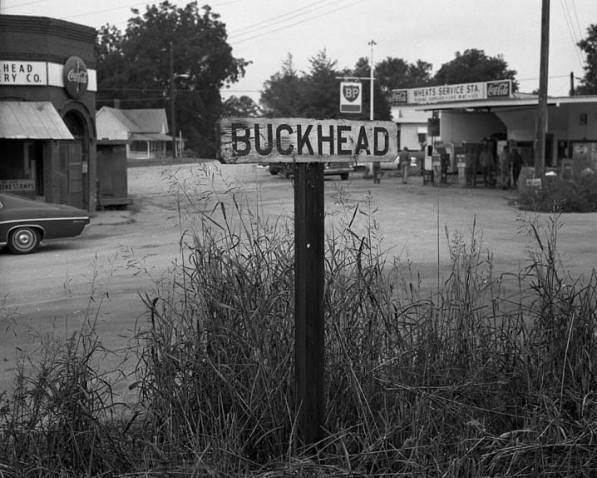
All of us Atlanta folks no doubt think of the luxury condos, restaurants and plentiful shopping on the north side of town when we hear the name Buckhead, but the story of how the area got its name is a bit less refined. Originally upon being founded in 1837, the neighborhood was called Irbyville after early resident Henry Irby who had purchased the 200 acres that made up the village. Irby founded a general store and tavern that were both frequented by his neighbors and visitors alike. Legend has it that after Irby shot a buck and hung its head on the wall of his tavern, the community came to be known as Buckhead instead. A few decades later in the late 19th century, local residents actually campaigned to change the name of the area to Northside Park but the idea never caught on, and the title of Buckhead remains to this day.
Cabbagetown
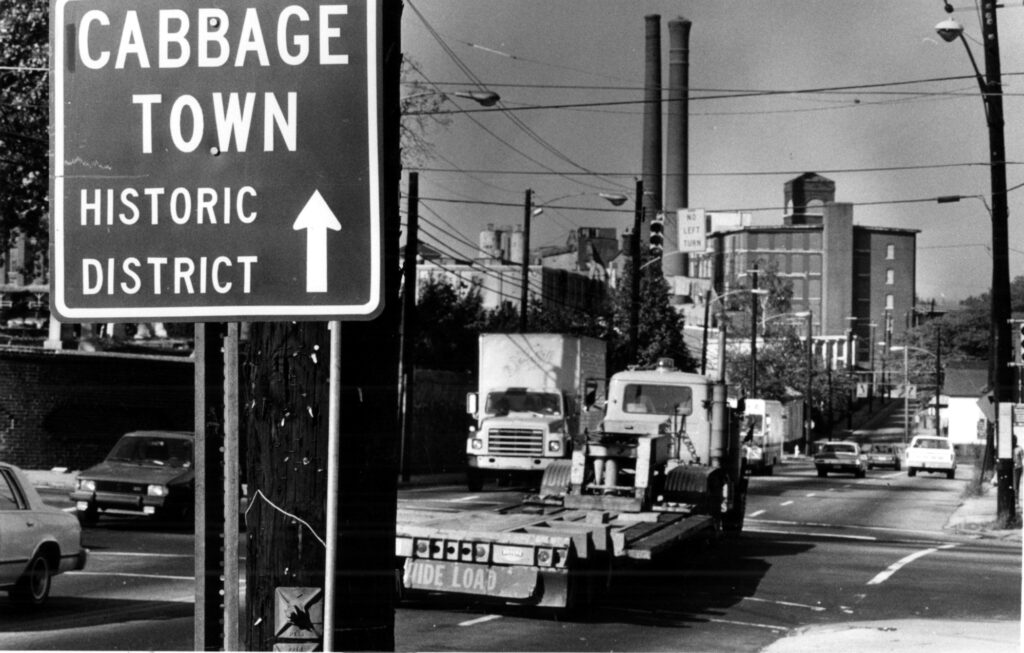
If you naturally assumed that Cabbagetown is somehow named after the leafy vegetable, you are correct, though the exact origin is uncertain. The area sprang up around the factories and mills that cropped up in the area beginning in the 1880s. The mills’ work forces consisted of former farmhands recruited from the Appalachian region of North Georgia. One explanation of the name holds that the newly transplanted mountainfolk, largely of Scots-Irish descent, were known to grow cabbage plants in the front yards of their small homes, so that one could often smell the distinct aroma of cooking cabbage coming from the neighborhood.
A variation of this story is that at some point a Ford Model T took a spill at one of the main intersections of Cabbagetown, flipping over and spilling its cargo of cabbages across the street. The poor factory workers considered this surprise delivery quite a blessing, and the aroma of cooked cabbage could be detected for miles around as most every local family dined that evening on the spoils from the wreck. Documents at the Atlanta History Center show the area being previously referred to as Pearl Park, after the daughter of a developer who built houses directly to the east of the mill houses near modern-day Pearl Street. Which story is true? All we know for sure is that at some point the area became more synonymous with cabbage than with the local developers family.
Castleberry Hill

The origin of Castleberry Hill’s name is not that interesting or exciting, but the history of the small enclave is anything but boring. In the late 1800s the area was named Castleberry Hill after Daniel Castleberry, a businessman who had opened a grocery store in the area and purchased some of the vacant land surrounding his store. The land hadn’t been vacant for very long though. Prior to this, Castleberry Hill, then known to many unofficially as “Snake Nation”, was known as the rowdiest red-light district in the south!
The so-called Snake Nation was a ragtag group of bootleggers, gamblers, prostitutes and literal snake oil peddlers. These characters were the roughest of the rough even by Marthasville standards, as Atlanta was known at the time. Not quite the genteel Southern city yet, Marthasville was a bit of Wild West here in the south, with more than 40 saloons for only 2,500 permanent residents. The prevailing political party that ran the town at the time was even called the Free and Rowdy party. Eventually the “Rowdies” as they were called lost out to the aptly named Moral Party candidates and the Snake Nation residents were either arrested or simply driven out of town. Many of their illicit bars and brothels were burned to the ground, leaving room for up and coming businessmen like Castleberry to arrive a few years later.
Chattahoochee River
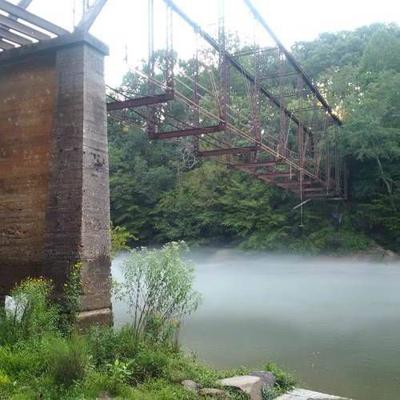
As synonymous with Atlanta as Coca-Cola and Peachtree Street, the Chattahoochee is no longer the name of just a river, but also streets, schools, and even a recently formed incorporated part of Fulton County south of the city. As you may have guessed Chattahoochee is a Native American word, specifically of Muskogee origin. The river was the boundary division between the Muskogee (or Creek) tribe to the east and the Cherokee territories to the west. The word Chattahoochee means “rocks-marked” from “chato” meaning “rock” and “huchi” meaning marked. The name is often more plainly defined as “river of painted rocks.” This likely refers to the many colorful granite outcroppings that can be found along northeast-to-southwest section of the river.
Mechanicsville
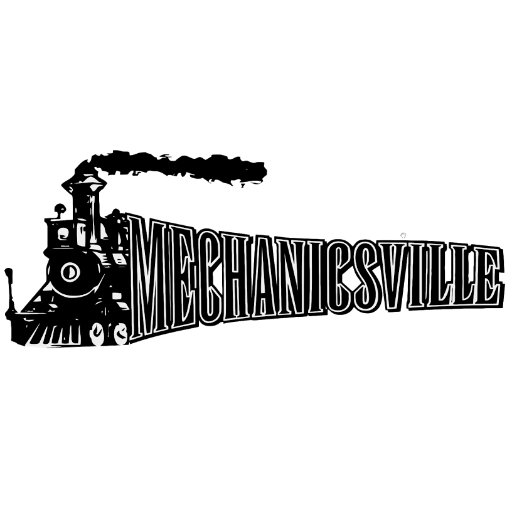
Mechanicsville is almost as old as Atlanta itself, and its name is interesting because of how obvious it is. First as Terminus and then later as Atlanta, the young city was always centered around the railroads, and those railroads always had a giant need for workers. Mechanicsville was named for the mechanics who worked on those trains, and it was a vibrant and multiethnic community. In addition to racial diversity, there was also a blurring of class lines, as middle class merchants such as the Rich family, founders of the famous department store, also called Mechanicsville home.
Paces Ferry
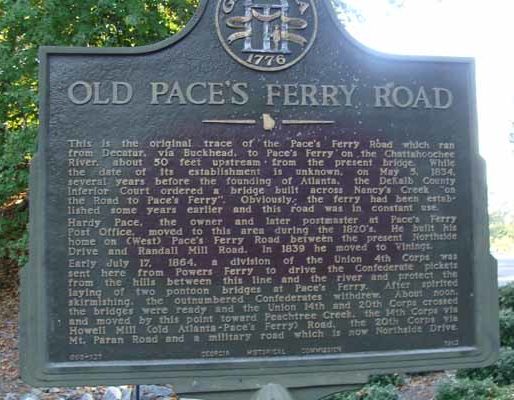
Throughout much of the 19th century, the only way to cross over the Chattahoochee River north of Atlanta was by using the ferry operated by Hardy Pace. Originally the Pace family operated a gristmill in what is now present day Vinings. It was during the Georgia Gold Rush which began in 1828 that construction began on the Paces Ferry Road, bringing stagecoaches from Decatur to Vinings where they could continue on to gold country. Hardy Pace’s ferry service allowed Atlanta’s early residents to cross the Chattahoochee River near Peachtree Creek, and a short patch of Paces Mill Road still exists today on the original road bed.
Virginia Highland
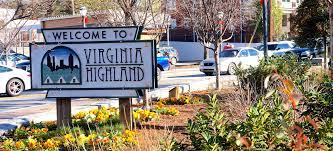
This one seems like a no brainer, since the neighborhood does center around the the intersection of Virginia Avenue and North Highland Avenue. However, the name did not rise to prominence until 1972 when in-town resident began to revolt against the planned construction of an I-485 freeway. The road would have travelled northeast from the Downtown Connector, directly through some of the city’s oldest and most beautiful residential areas. In response to these plans a group of individuals assembled the “Virginia-Highland Civic Association” to speak for the neighborhood’s interests. After the victory against the freeway, the Virginia-Highland name stuck, and the local Atlanta press began using it to refer to the entire neighborhood between Amsterdam, Ponce, Piedmont Park and Druid Hills.
West End
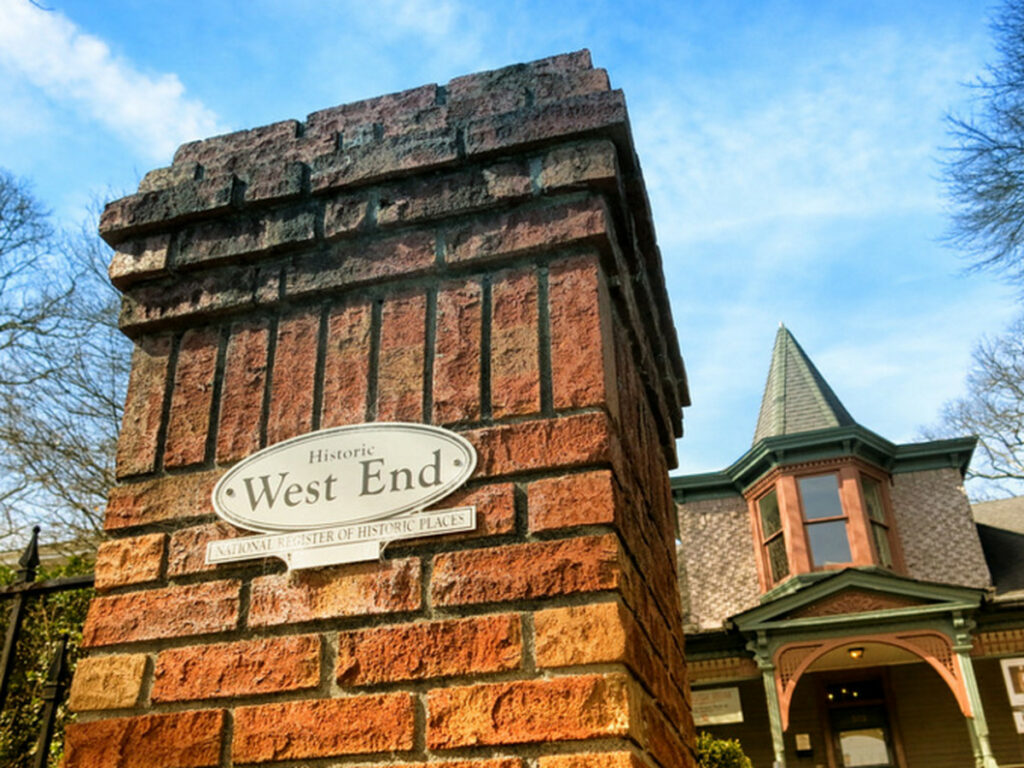
There are two competing stories as to how the West End neighborhood got its name. One theory suggests that once local residents received a charter and land speculators began creating this new western suburb in 1868, land developer George Washington Adair decided to name the area after London’s West End theater district. This could have been because of his love for the theater or simply to give the area an air of wealth and prestige. Either way it makes for a good origin story.
However, some people disagree completely that this is where the name came from, instead focusing on the simple location of the neighborhood at the western end of early streetcar lines and railyards. In 1871, the same George Washington Adair mentioned above bought out the charter of the Atlanta Street Railway Company and soon opened the West End & Atlanta Street Railroad serving the newly incorporated area.

